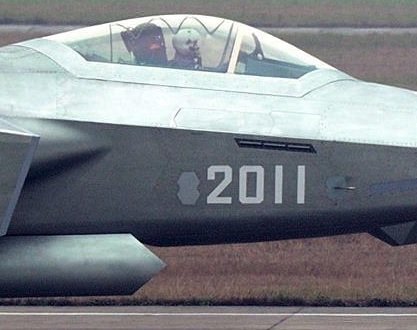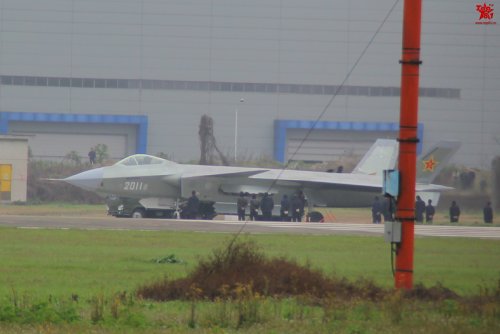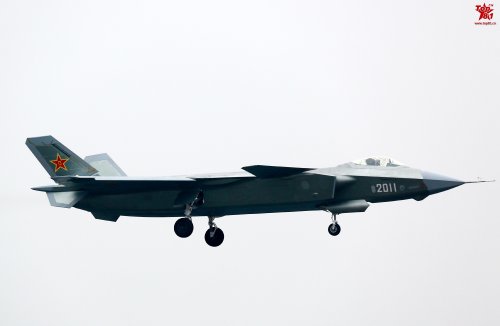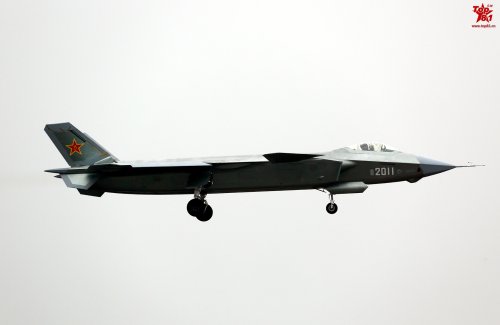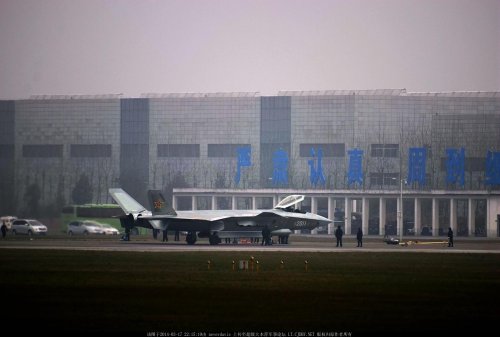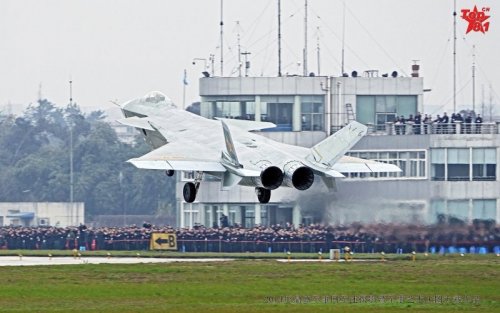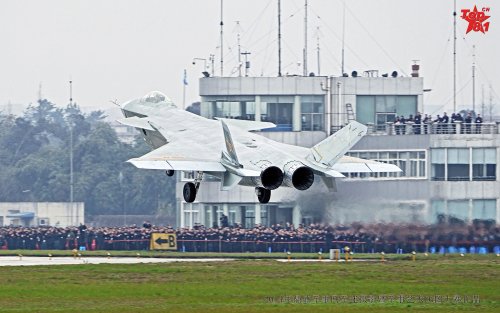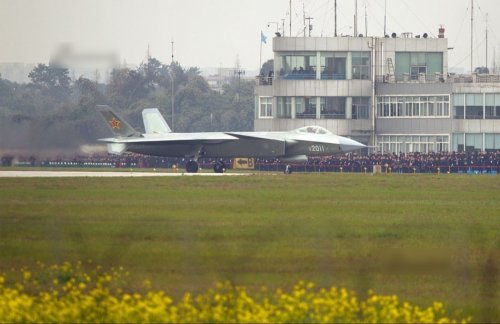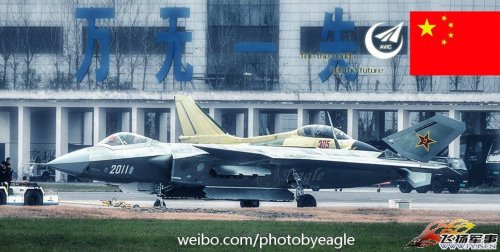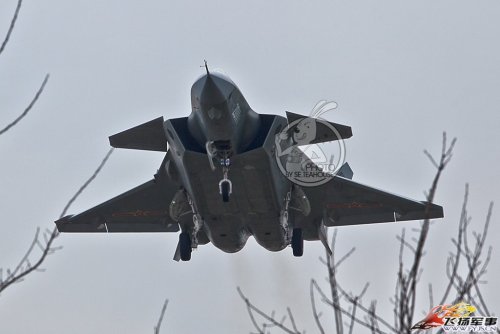latenlazy
I really should change my personal text
- Joined
- 4 July 2011
- Messages
- 245
- Reaction score
- 37
Instead of replying to every discussion point from the last 24 hours I'm just going to take a step back and try to tackle the more fundamental issue here. Mainly, I feel like this entire discussion is being framed wrong. If we're talking about current qualities and capabilities of course the US is ahead by miles. Not even a diehard Chinese nationalist could in all seriousnes claim otherwise. What's really in contention is where do we think the Chinese military will be 10, 20, 30 years from now. That's why the J-20 stirs this kind of debate, because it DID catch some people who insisted China was further behind by surprise, just as much as it emboldened a lot of people who argued that China was further along than we thought. There are reasons behind why that happened, and it would be good to look deeper into those reasons.
As it stands right now, all these arguments about level of experience and quality of training just don't seem that convincing to me. While they're not factors that should be discounted, they're also not static variables that we can build reliable trendlines from. Experience (with technology and operations) and training are not themselves independent variables, but dependent variables that hinge heavily on other things. I keep on emphasizing pace instead of place when we discuss China precisely because while they aren't as well trained and experienced, that's all caveated with a very big "yet". They aren't until they are.
Simply pointing out that they don't have a strong record of success yet tells us nearly nothing, because the training and experience arguments aren't categorical conditions. If instead we discussed what their actual record is, why they may or may not have had a record of success, and how one goes about improving their record, that might get us somewhere. (I understand that one of the points for how is how many battles you've fought in the history of your military, but that's why I constantly point out it's far from the only factor, since if it were then it would be relatively impossible for any country to become militarily powerful if they weren't already, and history tells us that that's a silly assertion). China's military development is a moving target, and I strongly think if we're going to continue discussing this, we should be looking at whether China is moving faster than the US is progressing, not where China and the US currently are right now.
This applies to the J-20 as well. If the J-20 were being put into production right now, I think maybe saying that China doesn't have the experience and expertise to make it a proper VLO fighter might be on point, but it's not in production right now. It's in development, where experience is important but not necessarily paramount, and where technical ability is constantly evolving (hence we call it development). Again, saying they've never done it before tells us nothing. They've never done it, until they have. The discussion, if there's anything to discuss, should hinge on more fundamental factors like where their technology is at, and what are the specific program risks and specific reasons for why they may or may not be ready to meet them.
As it stands right now, all these arguments about level of experience and quality of training just don't seem that convincing to me. While they're not factors that should be discounted, they're also not static variables that we can build reliable trendlines from. Experience (with technology and operations) and training are not themselves independent variables, but dependent variables that hinge heavily on other things. I keep on emphasizing pace instead of place when we discuss China precisely because while they aren't as well trained and experienced, that's all caveated with a very big "yet". They aren't until they are.
Simply pointing out that they don't have a strong record of success yet tells us nearly nothing, because the training and experience arguments aren't categorical conditions. If instead we discussed what their actual record is, why they may or may not have had a record of success, and how one goes about improving their record, that might get us somewhere. (I understand that one of the points for how is how many battles you've fought in the history of your military, but that's why I constantly point out it's far from the only factor, since if it were then it would be relatively impossible for any country to become militarily powerful if they weren't already, and history tells us that that's a silly assertion). China's military development is a moving target, and I strongly think if we're going to continue discussing this, we should be looking at whether China is moving faster than the US is progressing, not where China and the US currently are right now.
This applies to the J-20 as well. If the J-20 were being put into production right now, I think maybe saying that China doesn't have the experience and expertise to make it a proper VLO fighter might be on point, but it's not in production right now. It's in development, where experience is important but not necessarily paramount, and where technical ability is constantly evolving (hence we call it development). Again, saying they've never done it before tells us nothing. They've never done it, until they have. The discussion, if there's anything to discuss, should hinge on more fundamental factors like where their technology is at, and what are the specific program risks and specific reasons for why they may or may not be ready to meet them.

